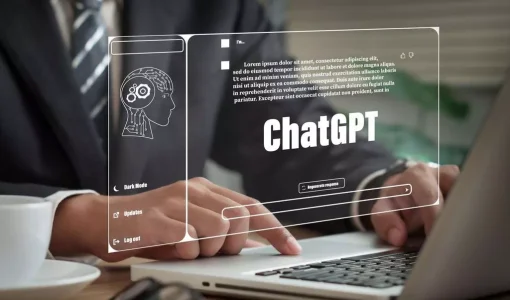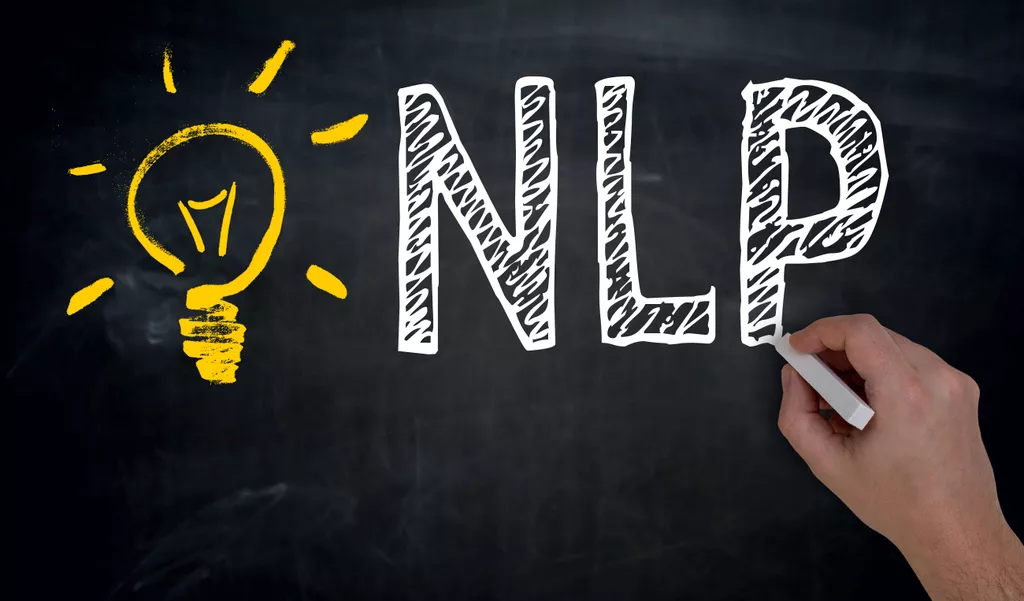Recruitment Chatbot Market Demand & Forecast by 2030

It can answer candidates’ questions, schedule interviews, and even conduct initial screening interviews. This technology uses natural language processing and machine learning to provide a human-like interaction with job seekers. While different types of recruitment bots serve different purposes, they are typically utilized to support the early stages of the recruitment process and to enable instantaneous interactions around a specific job opening. Hence, many interviewees speculated whether a chatbot could be useful also in later stages of metadialog.com recruitment, for example, by increasing two-way interaction between a job seeker and an organization. There seems to be a need for actively engaging in information exchange also during the recruitment process, particularly when the recruitment is a deliberate process with multiple, inevitably time-consuming stages. Additionally, P4 saw an opportunity to implement an internal customer service bot to support a newly hired employee when they is onboarded to the company and large amounts of practical information is presented in a short time.
Technology News ⚡Apple Hiring! Apple Recruiting Professionals in Generative AI Space, Set To Join AI Battle With Chatbot – LatestLY
Technology News ⚡Apple Hiring! Apple Recruiting Professionals in Generative AI Space, Set To Join AI Battle With Chatbot.
Posted: Tue, 23 May 2023 07:20:44 GMT [source]
Another expected benefit was increased general interest towards the company. For this type of brand image building and communication of company values or mission, a few participants had either deployed or tested a customer service bot that advices a web site visitor. For instance, P4 believed that the proactive chatbot offers a chance to opportunistically approach web site visitors and offer customer service that might, indirectly, result in high-quality open applications. This consolidates our classification in Table 1 that a customer service bot serves not only HR activities but also marketing and other external communication. Some participants highlighted that chat interface can be a great way to approach young job seekers.
Why User Management Using Cloud Is The Secret Ingredient To Success!
The recruitment chatbot prepares a database of a list of the most suitable candidates based on their responses to the pre-screening questions. For example, It divides candidates into different categories based on questions such as salary expectation, intent to relocate, and notice period. Also, it recommends skilled candidates to the recruiters and the hiring teams.
What are chatbots used for?
Chatbots can automate tasks performed frequently and at specific times. This gives employees time to focus on more important tasks and prevents customers from waiting to receive responses. Proactive customer interaction.
It’s especially useful for high-volume hiring scenarios where recruiters need to screen and schedule hundreds or thousands of candidates quickly and efficiently. In 2023, the use of machine learning and AI-powered bots is skyrocketing, and the competition to offer the best HR chatbots is fierce. With chatbots helping you save time and money by handling up to 80% of standard questions from candidates within minutes, it’s clear that the need for innovative recruitment solutions has never been greater. Beyond conversion, there are so many use cases a recruiting chatbot can help with.
Make the best use of everyone’s time
In practice, they are typically integrated into a web-based service such as company website or Facebook Messenger. To complement the existing taxonomies, Table 1 presents different types of chatbots used to support recruitment activities, based on the authors’ review and analysis of their functionalities. These bots can be used to handle mundane tasks like sending reminders, scheduling interviews, and tracking progress.
- In this tight talent market, that extra time that recruiters spend with strong candidates will give employers an edge.
- Today, there’s a wide variety of different touchpoints that candidates can use to apply for a job.
- That means that approximately 91% of candidates visited a career site and left without providing any contact information to contact them in the future.
- The engagement abilities of a web chat solution are almost limitless, and the conversion rates are far superior to most corporate career sites.
- AI technology is also being used during video interviews to analyze the applicant’s facial expressions and word choices.
- What if these unscrupulous actors target your company’s underlying framework of chatbots?
This is useful if the user has no additional inquiries or questions to ask. While fixed chatbots can deliver predetermined answers to common questions, they lack the intelligence to comprehend human confusion and curiosity. They are a helpful tool for recruiters and help them automate tedious tasks like filtering out resumes, while also saving time and providing a more personalized touch to the recruiting process. Available 24×7 in multiple languages and across all messaging platforms, SmartPal funnels candidates into the right discovery paths and saves recruiters from repetitive tasks. Olivia by Paradox is a newcomer to the recruiting chatbot space and, according to their website, provides an AI assistant obsessed with improving and reinventing the candidate experience.
Rated By Our Customers
This concept has absolutely exploded in the marketing realm during the last few years – how many times a day do you see a chatbot pop up on your screen from a company’s site? In the world of talent attraction, it’s the same concept – get more leads down the funnel by engaging passive candidates. Are you looking to decrease the time your recruiting team spends sourcing and screening candidates? Then you’ll probably want to look at adding a chatbot to your talent acquisition tech stack. Several studies have proven that AI-powered technologies bring tangible ROI to organizations that implement them.
- But perhaps more important is the fact that implementing chatbots and other AI and NLP-powered tools in recruiting can make the process much more transparent.
- This helps to create a positive candidate experience and can lead to increased engagement and improved employer branding.
- If you’ve made it this far, you’re serious about adding an HR Chatbot to your recruiting tech stack.
- E-recruitment refers to the use of corporate web sites, social media, and various other information systems (Chapman and Gödöllei 2017; Holm and Haahr 2019) in workforce hiring.
- Tech experts realize this and aim to design the perfect savior for recruiters, recruitment chatbots.
- A recruitment chatbot can support multiple languages, making it an ideal solution for companies that operate in different regions or countries.
They receive new candidate information and screen them, reducing the work for your HR teams. Ensure that human oversight is maintained throughout the recruitment process, especially in decision-making steps. While chatbots can automate tasks, human judgment is essential in evaluating candidate suitability and making final hiring decisions. Your web developer or IT team should be included early on in the process as they will be able to help with installing and integrating recruiting chatbots on your recruiting website or applicant tracking system.
Key tasks
There are many recruitment chatbots available on the market, each with its own set of features and capabilities. When selecting a recruitment chatbot, consider all the factors we laid out in the one of the previous sections. It’s especially important to consider the specific needs of your organization and the features you believe are most important for your hiring process.
To effectively leverage this technology, we must take active steps to prevent the dispersion of misinformation, inappropriate evaluation criteria, and unwanted biases. PandoLogic’s generative AI approach starts by re-training existing general-knowledge LLMs into purpose-built Domain Specific LLMs (DSLLMs) for better quality, safety, security, and performance. While we are already seeing significant improvement over existing models, our journey with generative AI has just begun. We’re excited by the possibilities it offers as we move towards a bold new future in recruitment. A recruitment chatbot can conduct initial screenings and rank candidates based on their qualifications, saving recruiters time in the early stages of the hiring process.
Challenges of Using Chatbots in Recruitment
In most cases, 90% of the time, visitors don’t actually apply through this process. With an SMS / Text Messaging chatbot candidates are encouraged to provide their contact info and answer pre-screening questions. Below are several recruitment chatbot examples as well as companies using chatbots in recruitment and how they’re implementing automation. There are lots of different types of recruitment chatbots and how they can automate certain steps in the recruiting process. ConveyIQ provides a candidate engagement and interviewing platform for businesses. It allows employers to provide ratings and feedbacks to candidates which can be used for further assessments.

Instead, it should be thought of as a comprehensive and cost-effective assistant that can still vastly improve your company’s online hiring strategy. Multilingual recruitment chatbots can eliminate one set of language barriers, but they put up another one. Most of us, mainly on instant messaging-style platforms, use slang, abbreviations and informal language. A chatbot can have trouble understanding and accurately interpreting the meaning of these variations and nuances of language. Communicating with them via chatbots instead of human employees ensures that they get the answers to any urgent queries immediately, whether it’s midnight or midday. When looking for recruiting chatbots, look for ones that can be integrated with your existing recruiting process and tools.
What is chatbot and how it works?
A chatbot is a computer program that uses artificial intelligence (AI) and natural language processing (NLP) to understand customer questions and automate responses to them, simulating human conversation. AI for Customer Service – IBM Watson users achieved a 337% ROI over three years.

0 Comments